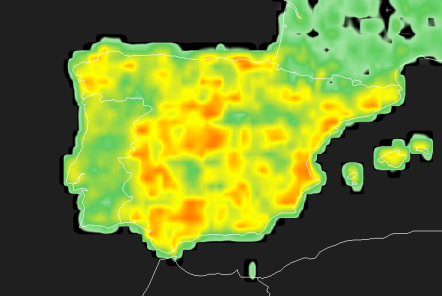The current COVID-19 wave
28 July 2025

A new wave of COVID-19 infections has affected several parts of the world during the last few months, with increases in cases observed in Asia, Australia, and Europe. Since mid-February, global case numbers have been climbing, with testing showing about 11% of samples positive across more than 70 countries, higher than rates observed a year ago. In June, over 300,000 new cases and more than 1,000 deaths were reported worldwide. This rise was particularly evident in regions like the Eastern Mediterranean, South-East Asia, the Western Pacific and Europe, while Africa and the Americas were seeing lower but increasing activity, with positivity rates around 2-4%. The increase is linked to new versions of the virus identified around the world earlier this year. It is worth noting that, despite the high number of cases, the number of deaths remains low and well below previous years.
The current wave first became noticeable in China and Hong Kong, where cases began rising earlier this year. In Hong Kong, health officials reported the highest COVID-19 levels in over a year, with the percentage of positive respiratory samples increasing from 1.7% in March to over 11% by May 2025. On mainland China, the proportion of positive tests among people visiting outpatient clinics and emergency rooms doubled between March and May 2025. Hospitalizations also rose, suggesting a wave similar to last summer.
India was subject to a spike of cases that reached over 5,000 active infections by early June 2025, the highest in a year. The southern states, including Kerala, Tamil Nadu, Maharashtra, Karnataka, and Delhi, have seen the most cases, with Kerala reporting the highest numbers. Other parts of Asia also saw more cases. In Singapore, infections jumped by 28% at the start of May, with 14,000 cases reported in one week and rising hospital admissions. Similar trends have been observed in Thailand, with over 33,000 cases observed during the same week, and in Taiwan where cases also spiked. Australia also saw a mild rise in cases in early June, which is currently settling down.
In Europe, cases are currently on the rise. Spain, in particular, has seen an increase in infections, with health data showing a growing number of cases since April 2025. Hospitals are reporting more admissions, especially among older adults. Other European countries are also seeing an increase in cases, but the overall situation remains, at the moment, less intense than in Asia. The World Health Organization (WHO) has suggested that Europe’s low case numbers may be due to better vaccination coverage, though uptake varies among European countries. This is likely the reason why our estimates suggest high circulation of the virus in Spain, and an increase in circulation in other European countries, despite the relatively low number of cases reported. Our estimates are in line with the observed increase in hospitalizations in Spain.
Despite its circulation levels, the disease is not as fatal as it used to be, as the majority of cases display symptoms similar to those of a cold or flu infection. As older people and people with pre-existing health conditions are at increased risk, awareness of the level of spread of the disease becomes important. Current trends suggest that, In the coming weeks, case numbers are likely to come down in Europe as in the rest of the world.